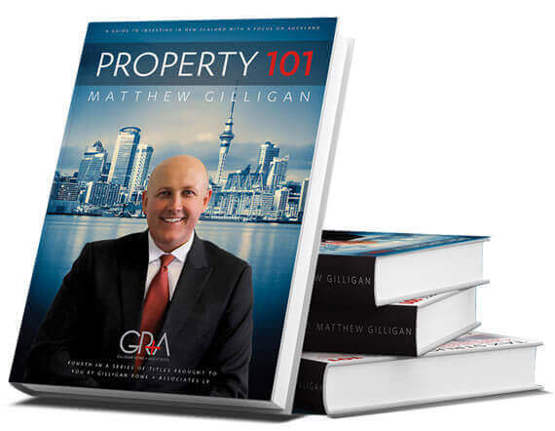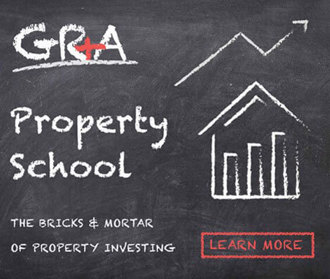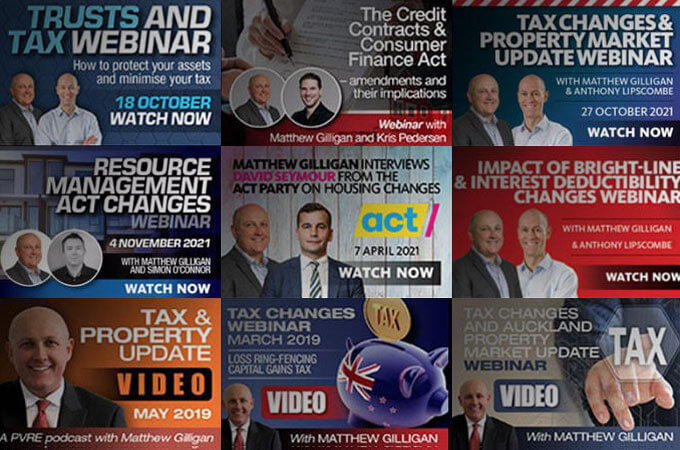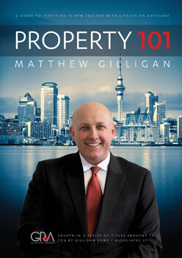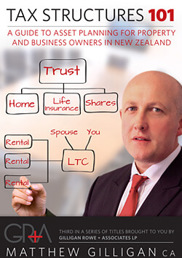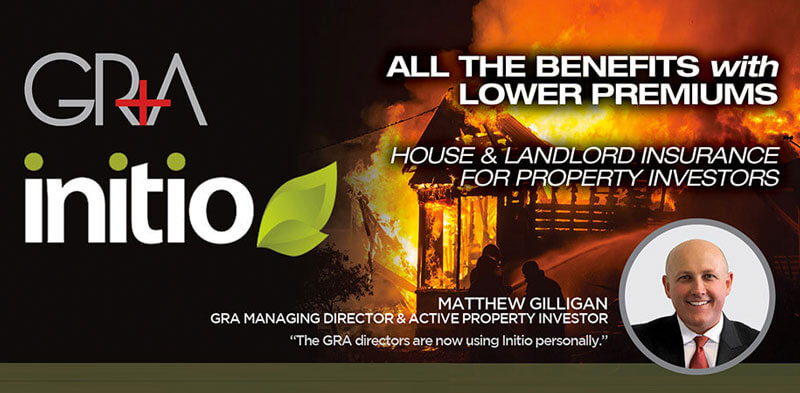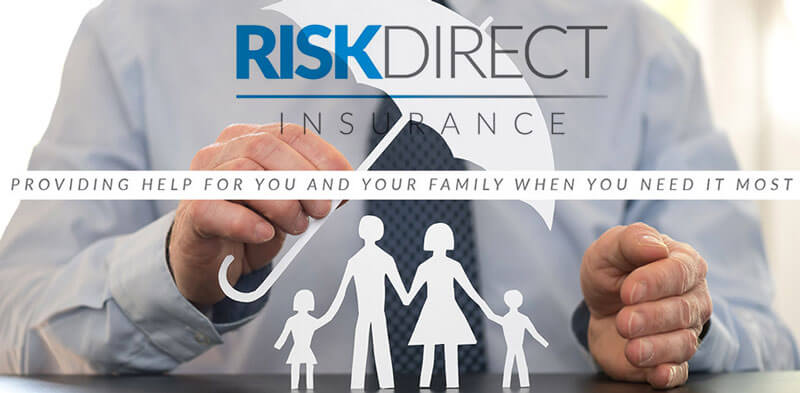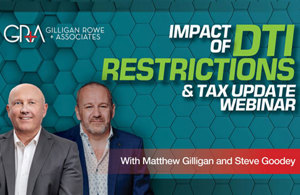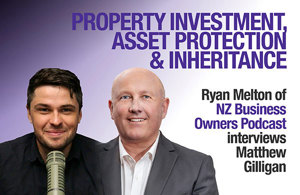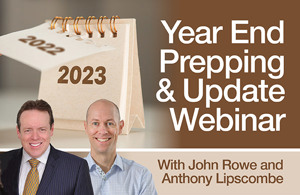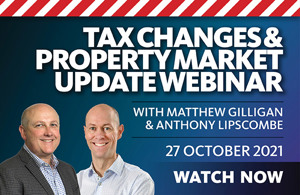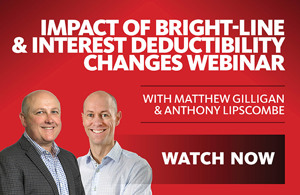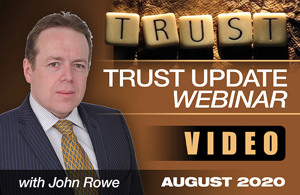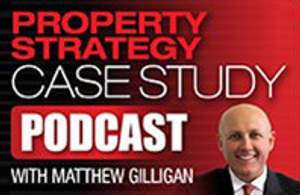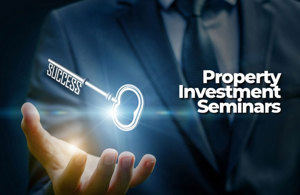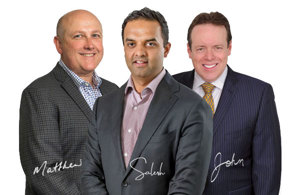
If you are a DINK (double income no kids) household, then the ideas in this article could help you grow your wealth and protect your future.
The Smiths
Mr and Mrs Smith are a professional couple. Mr Smith is a doctor and Mrs Smith a lawyer. The Smiths are your classic DINK pair. Between them they earn circa $250,000 taxable income per annum. They own their home, which has a market value of $750,000 in joint names and debt in relation to this is $200,000. The Smiths are now looking at property as a way of investing in their future and growing their current equity. Two issues emerge out of this. First, what sort of property should the Smiths be looking to buy and second how would they structure it?
What property to buy?
Based on the Smiths' income earning potential and assuming that they have many years of this income earning potential to come, they could choose to focus on properties that have high capital growth and moderate to high yield. As an example, they might find a $500,000 property that rents for $625 per week.
This represents a 6.5% gross yield. A 6.5% gross yield is a moderate yield only, but the property has high capital growth potential. Based on a short-term interest rate of 6%, the gross rent will cover interest but after other expenses are taken into account such as rates, insurance etc, the property runs at a $5,000 cash loss.
This means the property costs $100 a week to fund. However, we haven't taken into account depreciation or tax refunds yet. If we work on the basis that there would be depreciation deductions available in respect of this property of circa $9,000 per annum, there would be a total tax loss of $14,000. As the Smiths paid a lot of tax in the 38% tax bracket, they will get 38% of this $14,000 tax loss back leading to a tax refund of $5,300.
What the above has illustrated is that the Smiths have been able to secure a high capital growth potential property at no ongoing cost to them as the cash loss is covered by their tax refunds once depreciation deductions are taken into account.
How to structure
In terms of the structure, the Smiths would establish an LAQC to own the property. Assuming they earn relatively comparable incomes and expect that situation to continue in the future, they will each own 50% of the shares in the LAQC. In order to enhance their asset protection they would establish a family trust and move their home into the family trust. To help minimise exposure of their home to bank debt they would seek to utilise two banks when borrowing to buy the property. That is, they would secure $100,000 of new debt against the home, which would then provide a deposit so that a second bank would provide the other $400,000 required secured against the new rental property.
In summary, the Smiths with their high disposable income are able to get ahead by buying a property with good capital growth prospects and enough of a gross yield so that it is cashflow neutral.
In other words, they get capital gain in the property for free.
Let GRA help you with your property investment and structures. Go ahead and request a free interview now.

Matthew Gilligan
Managing Director and Property Services Partner
Did you like this article? Subscribe to our newsletter to receive tips, updates and useful information to help you protect your assets and grow your net worth. We're expert accountants providing expert advice to clients in NZ and around the world.
Disclaimer: This article is intended to provide only a summary of the issues associated with the topics covered. It does not purport to be comprehensive nor to provide specific advice. No person should act in reliance on any statement contained within this article without first obtaining specific professional advice. If you require any further information or advice on any matter covered within this article, please contact the author.
Comments
Testimonials
What I enjoyed the most about Development School was the case studies, range of speakers, Auckland focus, access to slides/videos, and that the information presented can prevent costly mistakes.
- S Wilson, July 2022
Property 101by Matthew Gilligan
Investing in residential property?
Put this at the top of your reading list.
If you're investing in residential property, seeking to maximise your ability to succeed and minimise risk, then this is a 'must read'.
Matthew Gilligan provides a fresh look at residential property investment from an experienced investor’s viewpoint. Written in easy to understand language and including many case studies, Matthew explains the ins and outs of successful property investment.
- How to find the right property
- How to negotiate successfully
- Renovation do's & don'ts
- Property management
- Case studies and examples
- and much, much more...

